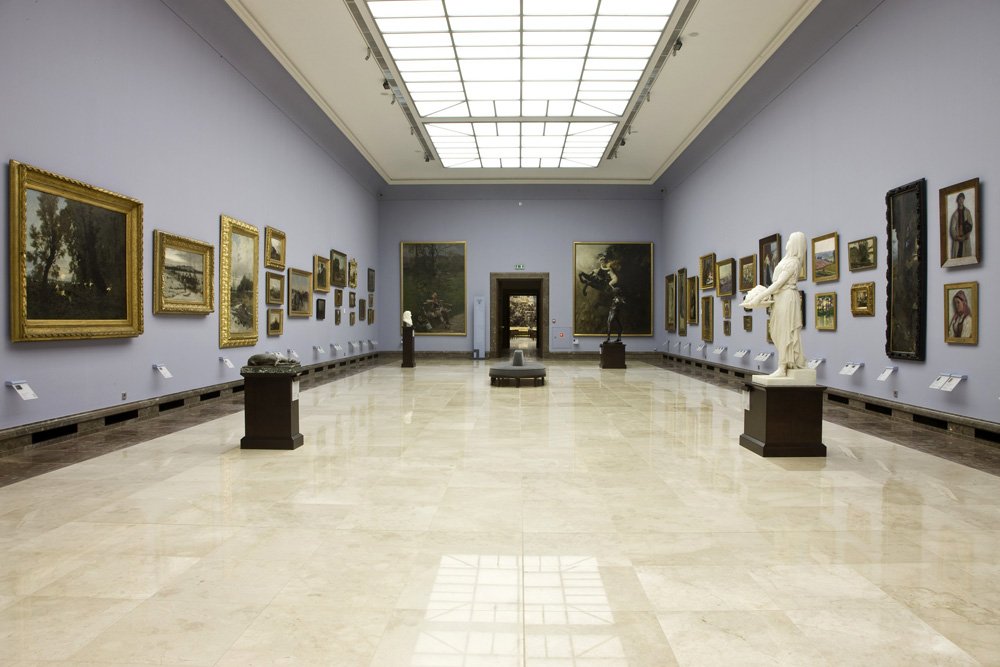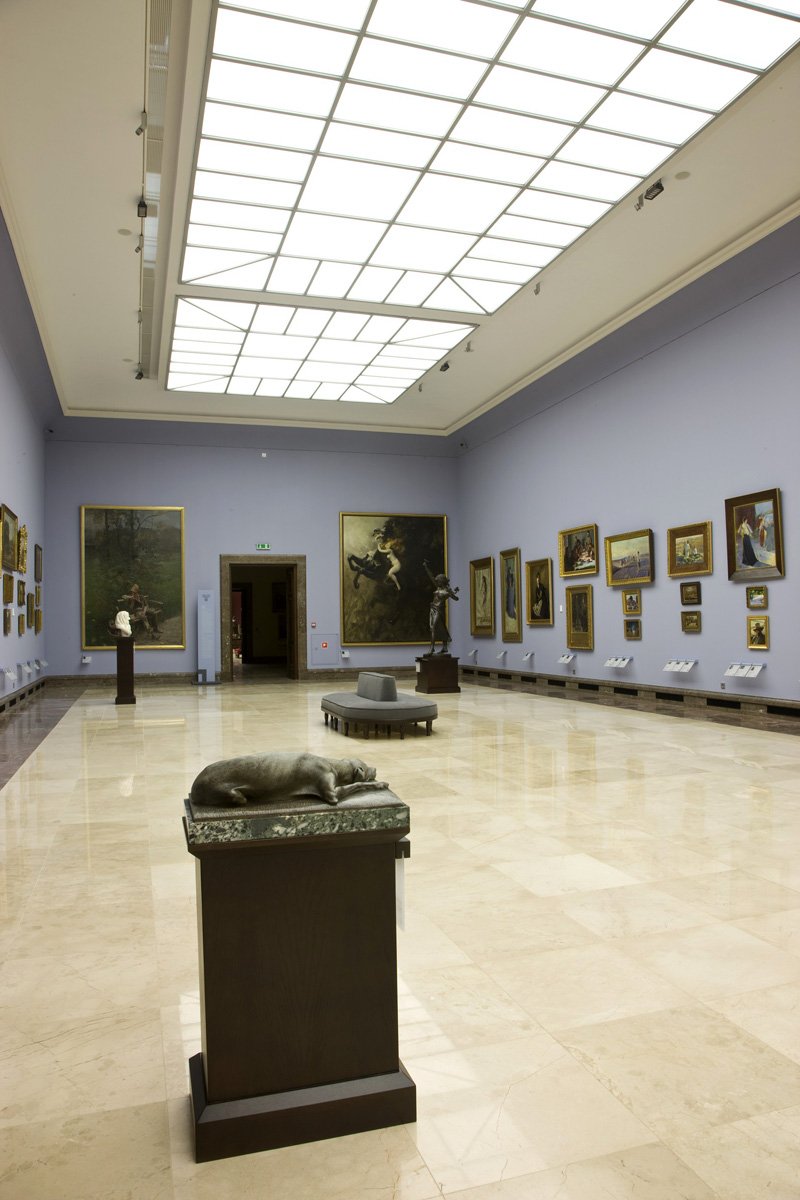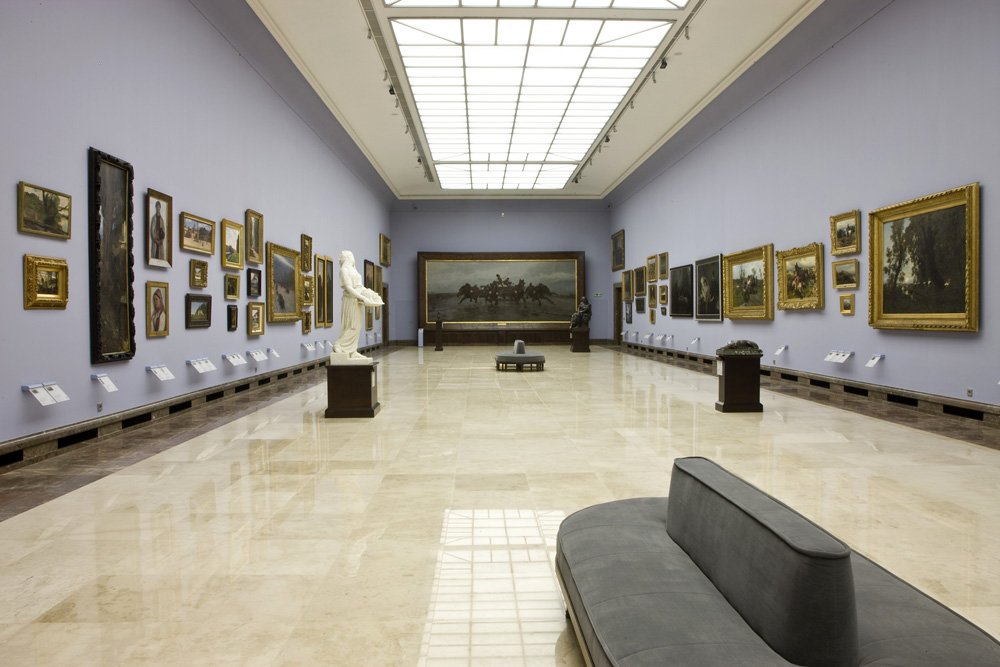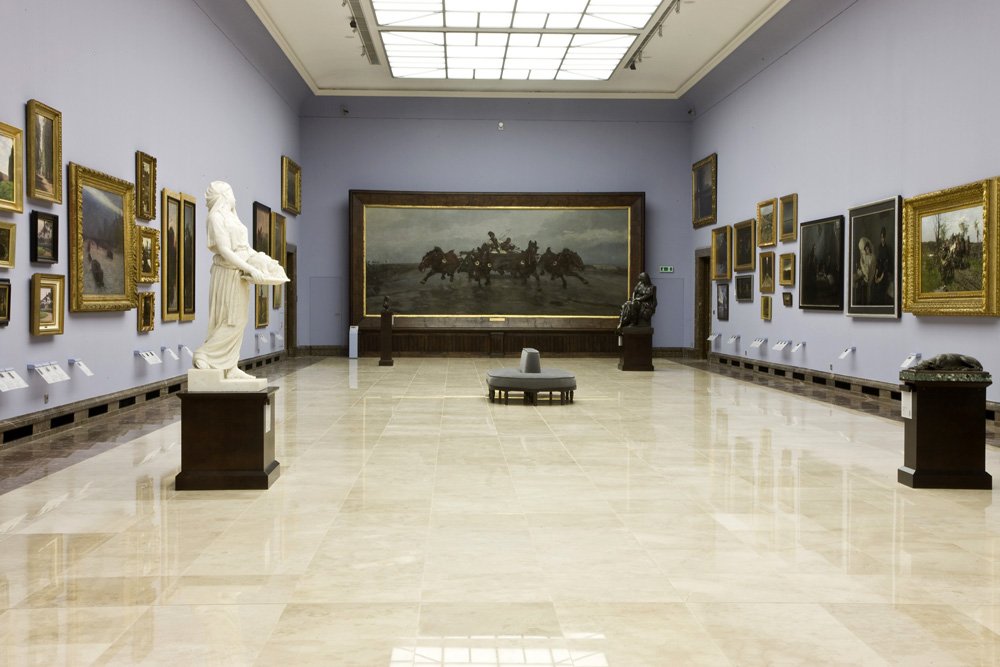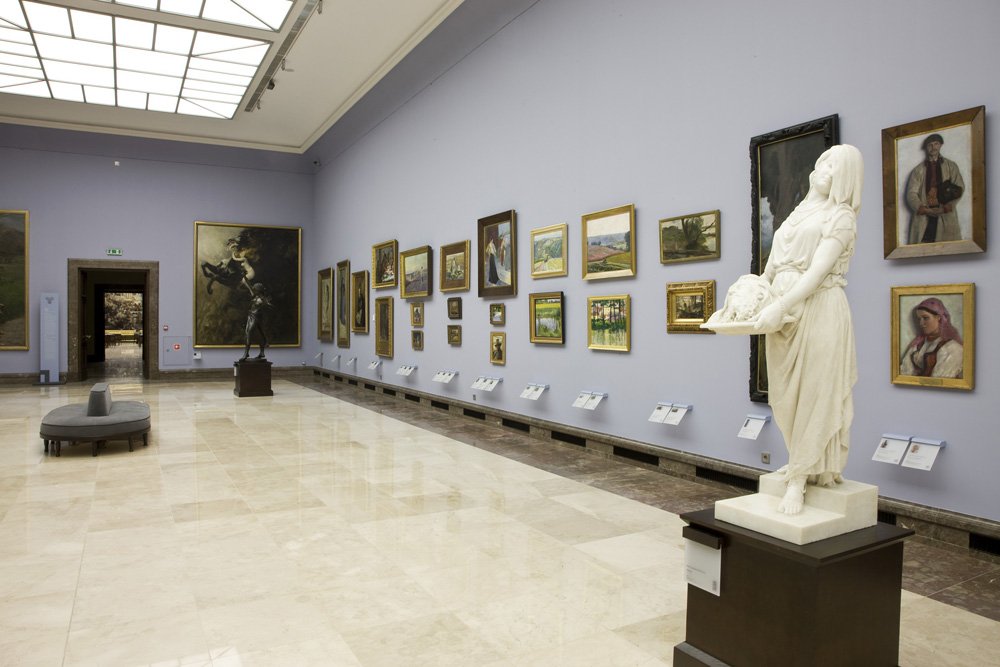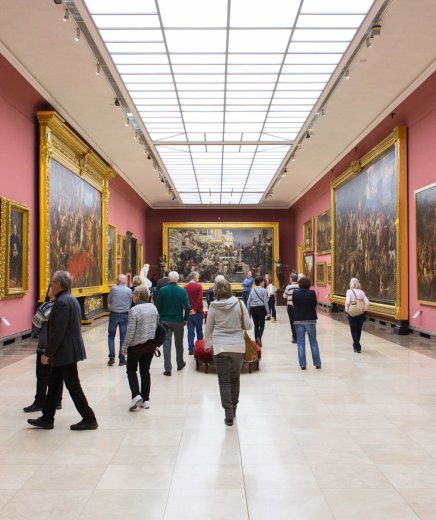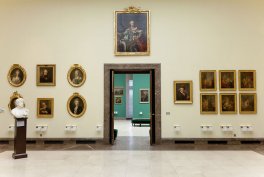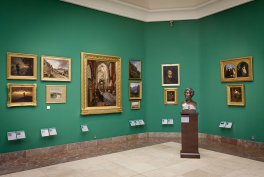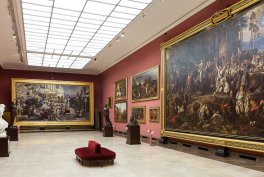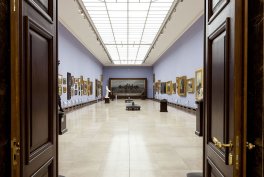The Sukiennice building houses one of the largest permanent exhibitions of 19th-century Polish painting and sculpture in Poland.
In the mid-fourteenth century, on the site of medieval stalls located in the middle of the Main Market Square, a Gothic hall was erected and then rebuilt in the sixteenth century in the Renaissance style. At the end of the eighteenth century, in addition to its existing purely practical functions related to warehousing and commerce, the Sukiennice gained symbolic significance. The balls and receptions held there in honour of prominent personas visiting the city, and celebrations of numerous patriotic events meant that this building, located in the very centre of Krakow, became a truly important place for the national culture. The present shape and unique representative function of the Sukiennice were gained after its restoration, which was carried out in the years 1877-1879.
In 1879, the rooms on the first floor of the Sukiennice building were chosen as the seat of the newly established National Museum. Its collection was initiated by Henryk Siemiradzki, who offered his painting Nero's Torches to the new institution. The exhibition in the Sukiennice, comprising four rooms – The Bacciarelli Room. The Enlightement, The Michałowski Room. Romanticism. Towards National Art, The Siemiradzki Room. Around the Academy and The Chełmoński Room. Realism, Polish Impressionism, Beginnings of Symbolism – offers a historic and substantive context of the works of art gathered in the National Museum in Krakow, though it does not pretend to present the entirety of artistic phenomena occurring between mid-eighteenth and late nineteenth century.
The art of the Enlightenment is represented in the gallery through various artistic trends of the second half of the eighteenth century: from the continuators of the late Italian Baroque and French rococo painting, to the inspirations with English portrait painting and neoclassicism. The dominant feature of the Enlightenment Room is the Portrait of Stanisław August Poniatowski in Coronation Robes. This Polish king was the patron of the arts and his cultural policy, promoting new understanding of national identity, indicated important areas of development in Polish art, still important in the nineteenth century: education of artists in Poland at an academic level, and visualization of national historiography. The subject matter of paintings and sculptures is centred around portrait (representative, intimate, allegorical and hidden – déguisé) as well as the past portrayed in an allegorical, representative or historical way. The authors of works included the most prominent artists active in Poland in the second half of the eighteenth and early nineteenth century: Marcello Bacciarelli, Josef Grassi, Bertel Thorvaldsen, Jan Norblin, Jakub Tatarkiewicz, Franciszek Smuglewicz, Kazimierz Woźniakowski.
For the purpose of the exhibition, Romanticism is understood as an artistic phenomenon covering the period from the end of the eighteenth century to the mid-nineteenth century, and occurring in varying degrees and varied forms. On Polish soil, the phenomena which heralded it appeared after the loss of independence in 1795, while the period of its proper development began in the 1820s. The peak of Romanticism coincided with the period of the November Uprising, while its decline corresponded to the years after the fall of the January Uprising. As in the case of European Romanticism, Polish Romanticism did not form a uniform type in the field of arts. Its most important characteristic was its patriotic-independent character, which encompassed the discourse about the need for national art. Works gathered in the Michałowski Room are characterised by a historical way of thinking combined with ideological attitudes full of contradictions: democratic ideas are mixed with conservative beliefs referring to the inviolable past and tradition. Romantic contents are expressed in works of various forms.
Due to their typical – or, for a change, unique – nature, these works constitute interesting solutions in terms of content and style. Wojciech Stattler's Nazarenism is juxtaposed with the technically perfect art by Henryk Rodakowski and Józef Simmler, the Roman-French lineage of January Suchodolski's works is paired with an extremely individualistic art of Piotr Michałowski, the most outstanding artist of Polish Romanticism.
In the nineteenth century, academies of fine arts shaped European painting and sculpture by teaching fairly universally accepted principles, the implementation of which was the aspiration of lecturers at art academies in Krakow and Warsaw. The most important ideas assumed the belief that the purpose of art is to present the ideal beauty born in the mind of the artist under the influence of observation and correction of nature, and the division of art into genres ranked from the highest – allegories and history painting, through portraits and genre painting, to the underappreciated landscapes and still lifes. Therefore, the Around the Academy Room presents historical paintings and portraits which in the academic hierarchy of genres, and hence in the Paris Salons and other exhibitions, were valued most. Polish artists were interested in history painting and sculpture because it gave them an opportunity to present themes dedicated to the national past, greatly desired by Polish viewers and critics. Works particularly valued by the audience included large paintings with lofty themes such as The Lamentable Apostolic Mission by Wojciech Gerson or Nero's Torches by Henryk Siemiradzki. Smaller formats – cheaper and more easily available, often with less complex content, presenting anecdotal, exciting scenes, sometimes known from legends (Presenting the Silver Cock to Krakow Marksmen’s Guild by Władysław Łuszczkiewicz, Ivan the Terrible by Jan Matejko, Stanisław Oświęcim at the Body of Anna Oświęcim by Stanisław Bergman, Jan Kochanowski with his daughter Urszula by Zygmunt Trembecki) also enjoyed popularity among the general art audience.
Jan Matejko was an unsurpassed master of history painting – his monumental paintings, with their seemingly simple, realistic illustrations of events, included complex content which can be examined at several levels of interpretation – historical, political and historiosophical (The Prussian Homage, Kościuszko at Racławice). Other works worth attention include outstanding portraits by the best Polish artists: Jan Matejko, Henryk Rodakowski, Kazimierz Pochwalski and Tadeusz Ajdukiewicz.
Realistic tendencies appeared in Polish art in the 1840s. In terms of paintings and sculptures, realism consisted mainly in attempts to immortalise forms and phenomena observed in nature, devoid of stylization and idealization. The criterion of beauty was replaced by the criteria of truth and objectivity. Observation of reality, combined with the desire to remain faithful to nature resulted in the emphasis on the fleetingness of time. The themes included contemporary topics referring to both important and ordinary, everyday, insignificant events. An ordinary man became the protagonist, portrayed in all his physical and psychological diversity. Landscapes and genre painting were also flourishing. The Chełmoński Room presents individual creative circles, such as the Warsaw-based so-called Marcin Olszyński Group (Franciszek Kostrzewski, Józef Szermentowski, Wojciech Gerson). Inspirations with works by French landscape painters called the Barbizonists are represented by Józef Szermentowski and Władysław Ciesielski. Another widely represented group comprises Polish artists from the so-called Munich school, associated with the Munich artistic centre (including Józef Brandt, Józef Chełmoński, Maksymilian and Aleksander Gierymski, Stanisław Witkiewicz, Roman Kochanowski, Władysław Malecki). Surrounding Chełmoński's Four-in-Hand are works by artists co-creating the so-called atelier in the 'Europejski' Hotel in Warsaw (J. Chełmoński, S. Witkiewicz, A. Chmielowski, A. Gierymski).
The so-called Polish Impressionism constituted only a partial adaptation of the assumptions of the genre, less extreme than the French version. It assumed a combination of realism and naturalism with certain elements of Impressionist imaging (brighter colour tone, painting with pure colors, divisionism). In the Sukiennice, it is presented on the example of works by Władysław Podkowiński, Józef Pankiewicz, Jan Stanisławski and Leon Wyczółkowski. This part of the exhibition also features works created at the end of the century, combining Symbolism and the aesthetics of Expressionism. The most prominent example of these is Ecstasy by Władysław Podkowiński. The 'Young Poland' art by Jacek Malczewski, laden with symbolism, constitutes an ideological conclusion of the exhibition, introducing the viewer into the Gallery of 20th-Century Polish Art, located in the Main Building of the National Museum in Krakow.
MNK The Sukiennice
Rynek Główny 3- mon: closed
- Tuesday - sunday: 9:00-18:00
The Gallery of 19th-Century Polish Art in the Sukiennice / photo by Mirosław Żak - Photography Studio, NMK
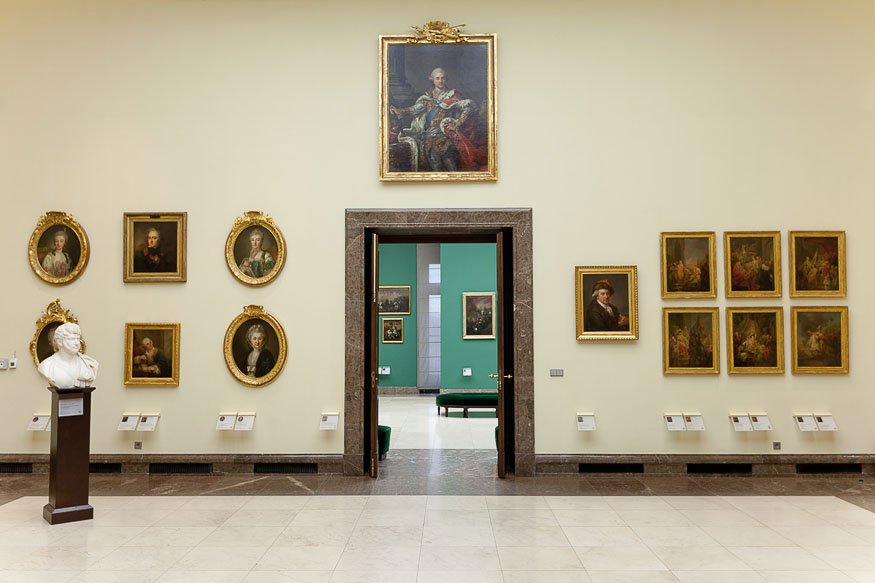
The Gallery of 19th-Century Polish Art in the Sukiennice / photo by Mirosław Żak - Photography Studio, NMK
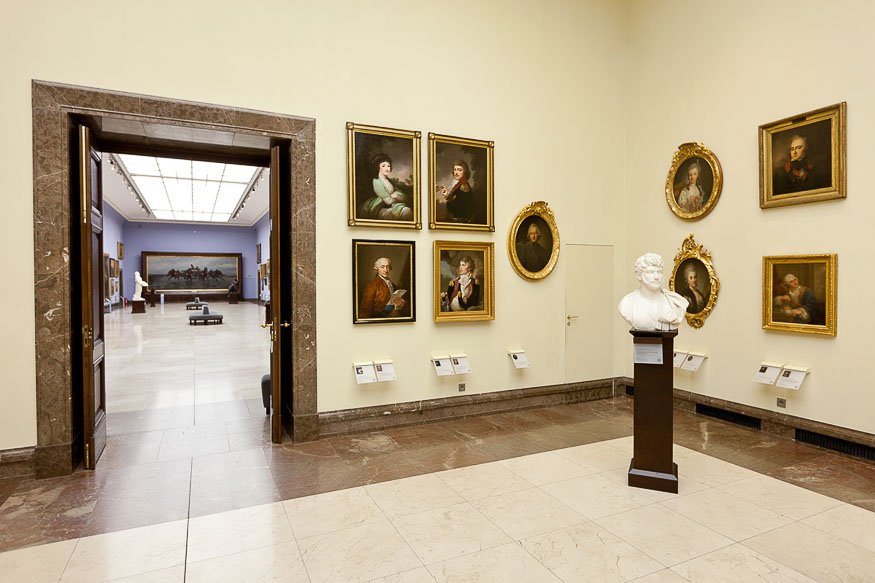
The Gallery of 19th-Century Polish Art in the Sukiennice / photo by Mirosław Żak - Photography Studio, NMK
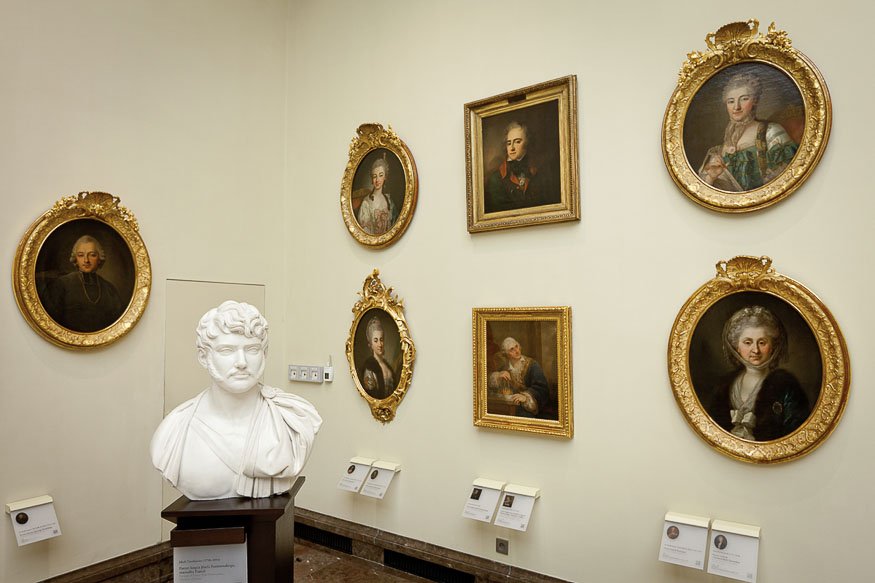
The Gallery of 19th-Century Polish Art in the Sukiennic / photo by Mirosław Żak - Photography Studio, NMK
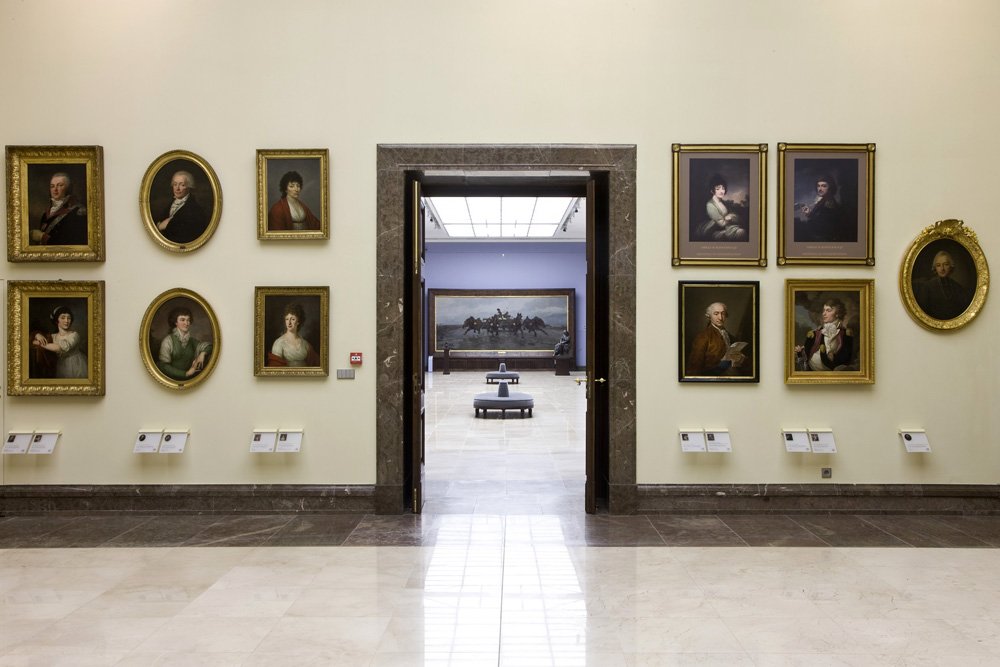
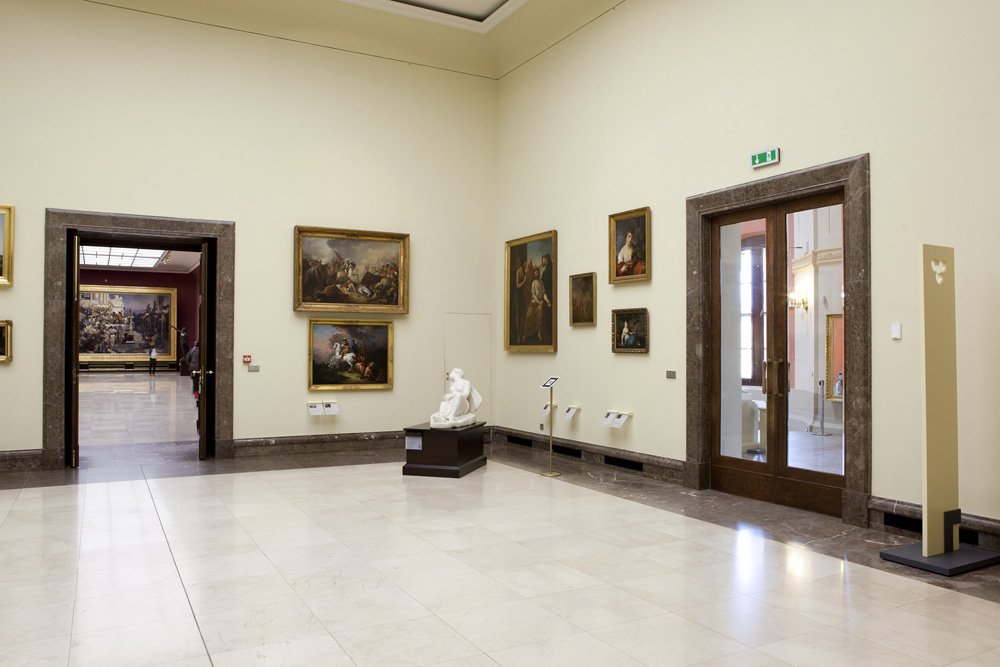

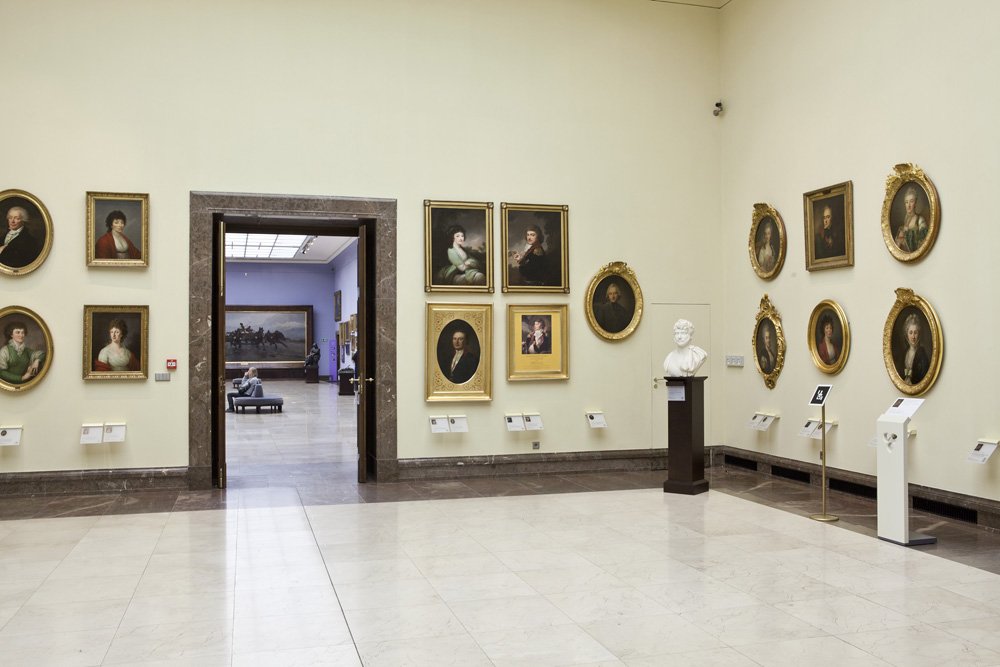
The Gallery of 19th-Century Polish Art in the Sukiennice / photo by Mirosław Żak - Photography Studio, NMK
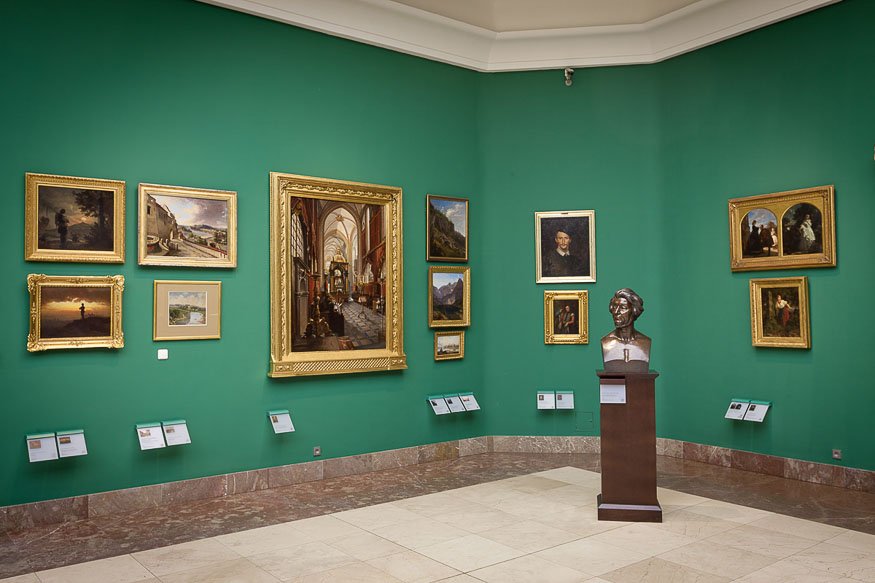
The Gallery of 19th-Century Polish Art in the Sukiennice / photo by Mirosław Żak - Photography Studio, NMK
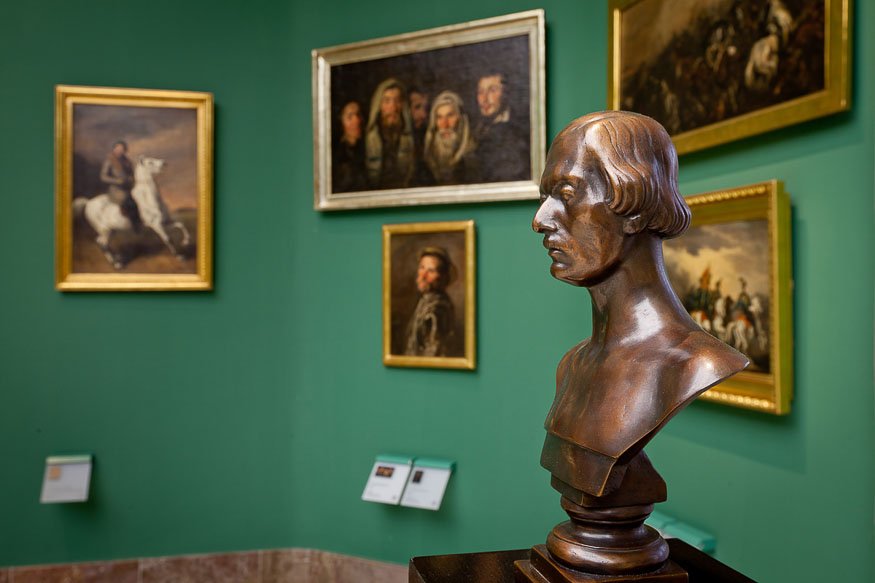
The Gallery of 19th-Century Polish Art in the Sukiennice / photo by Mirosław Żak - Photography Studio, NMK
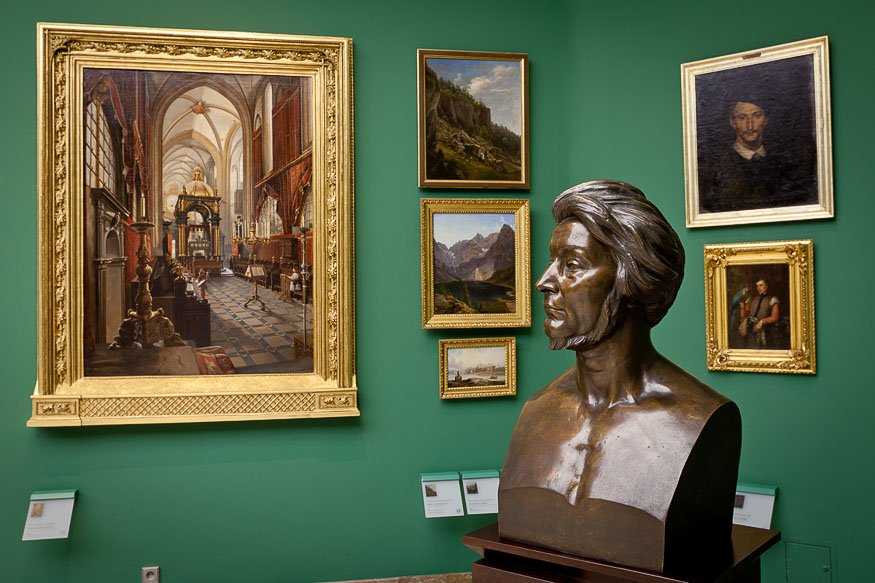
The Gallery of 19th-Century Polish Art in the Sukiennice / photo by Mirosław Żak - Photography Studio, NMK
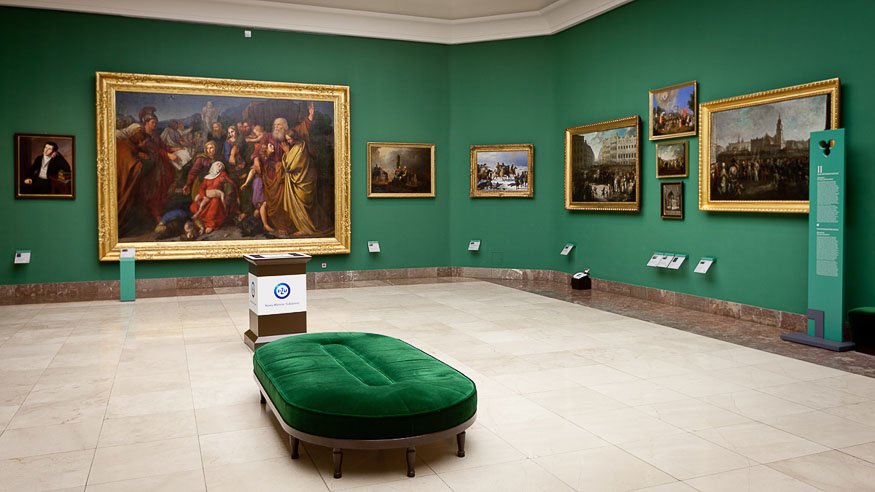
The Gallery of 19th-Century Polish Art in the Sukiennice / photo by Mirosław Żak - Photography Studio, NMK
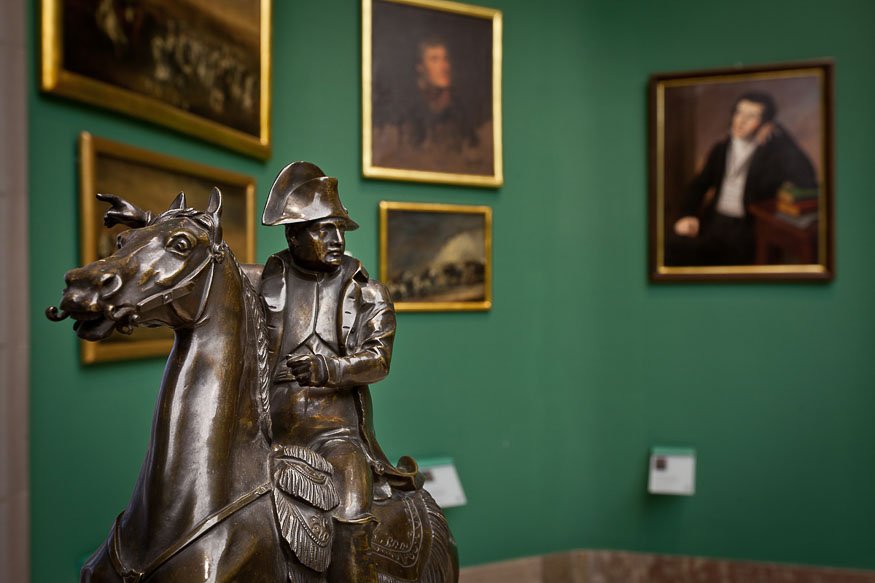
The Gallery of 19th-Century Polish Art in the Sukiennice / photo by Mirosław Żak - Photography Studio, NMK
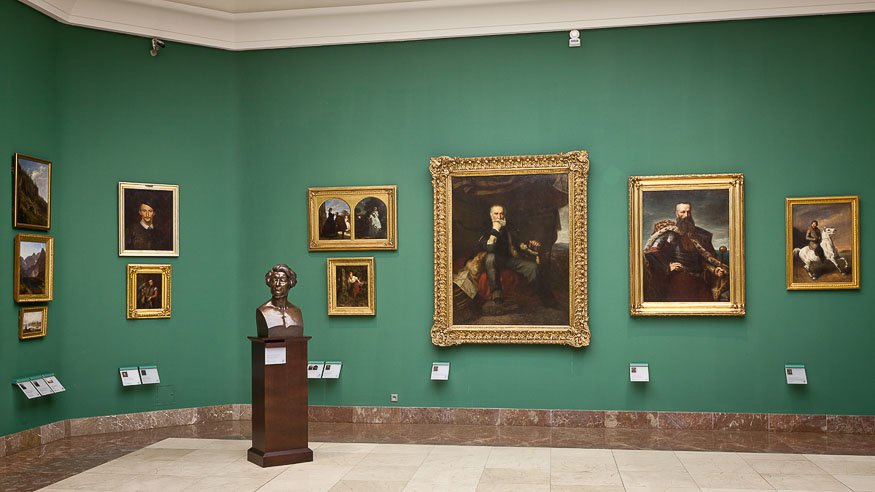
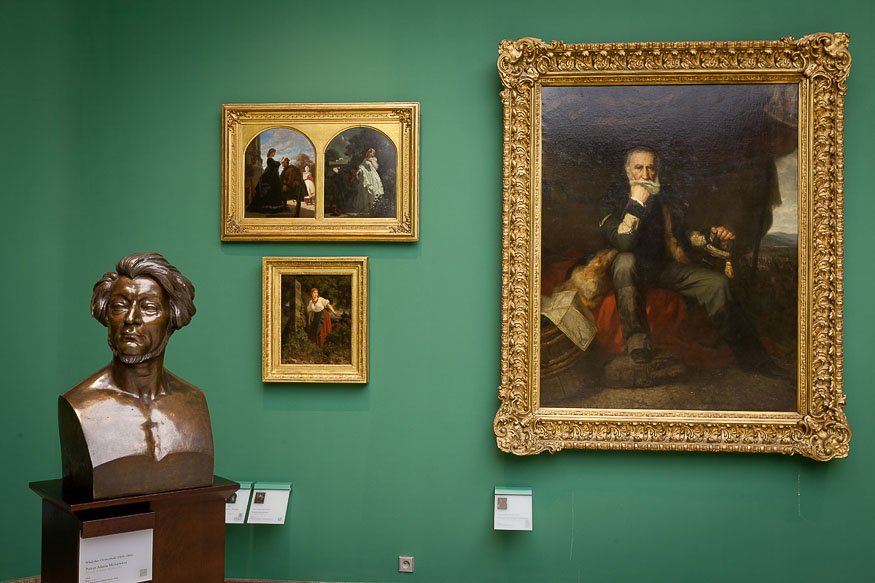
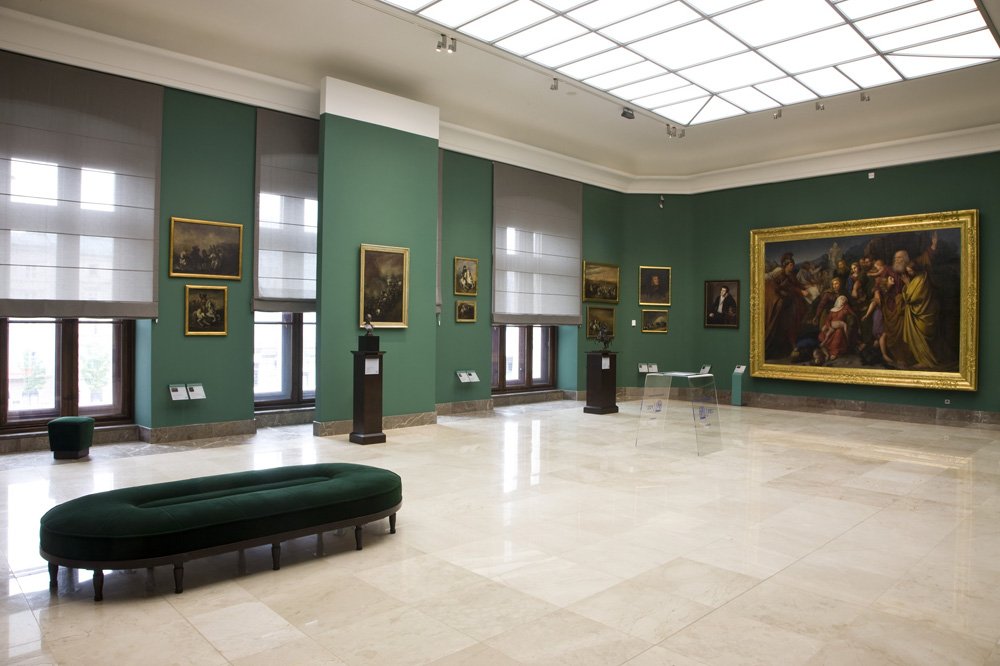
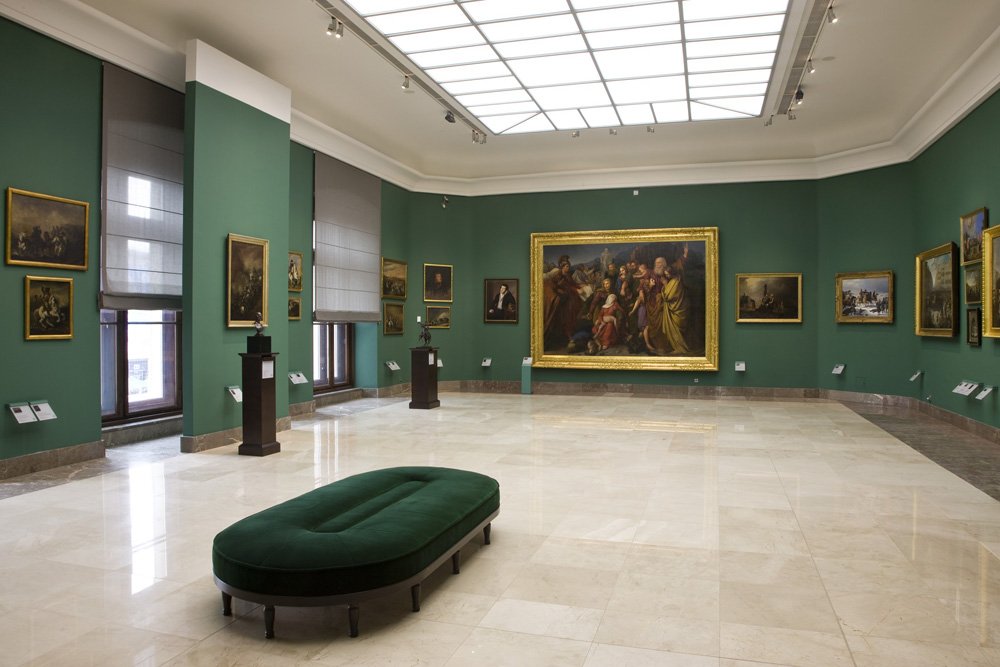
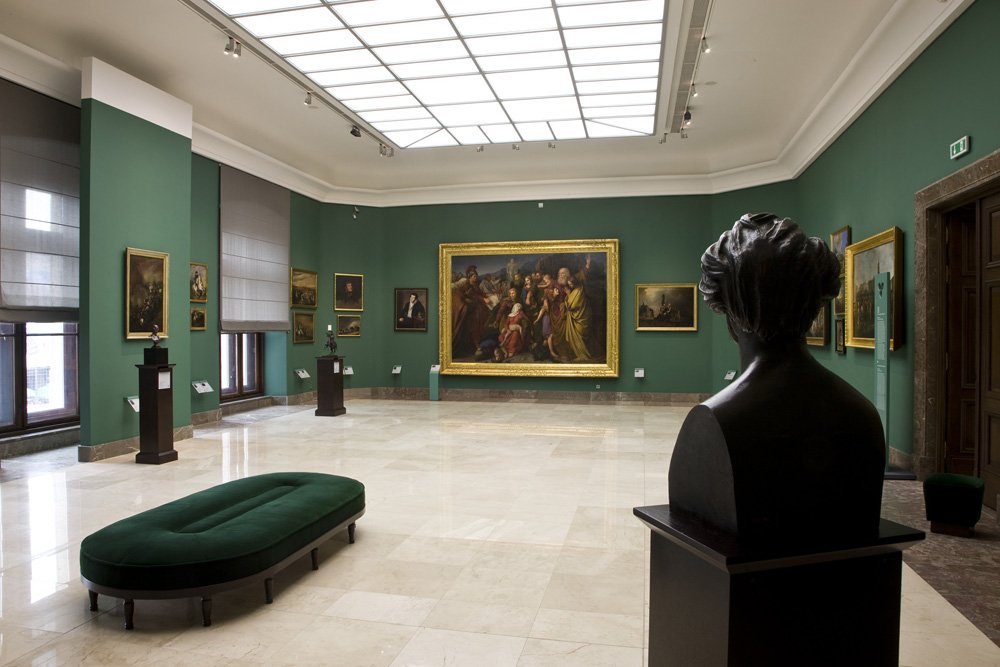
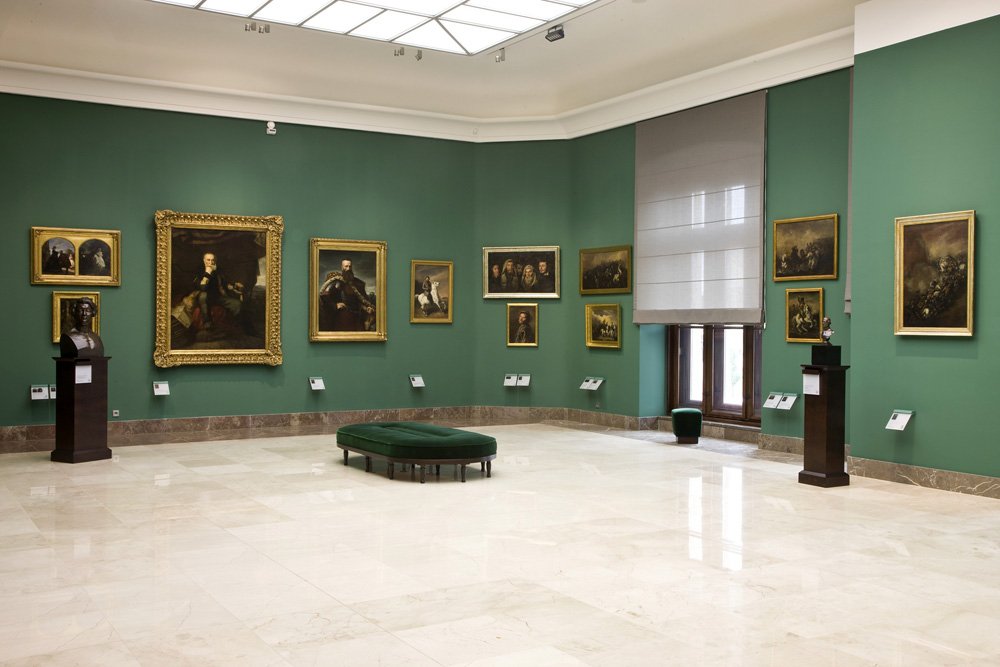

The Gallery of 19th-Century Polish Art in the Sukiennice / photo by Mirosław Żak - Photography Studio, NMK
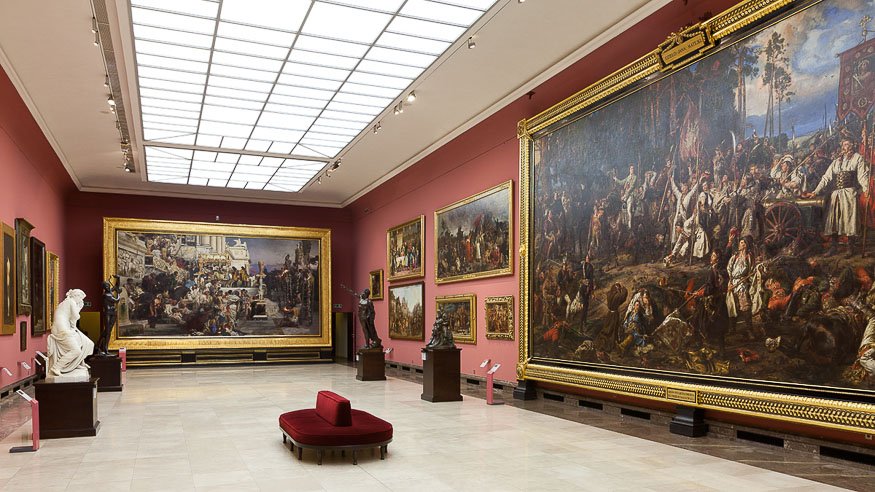
The Gallery of 19th-Century Polish Art in the Sukiennice / photo by Mirosław Żak - Photography Studio, NMK
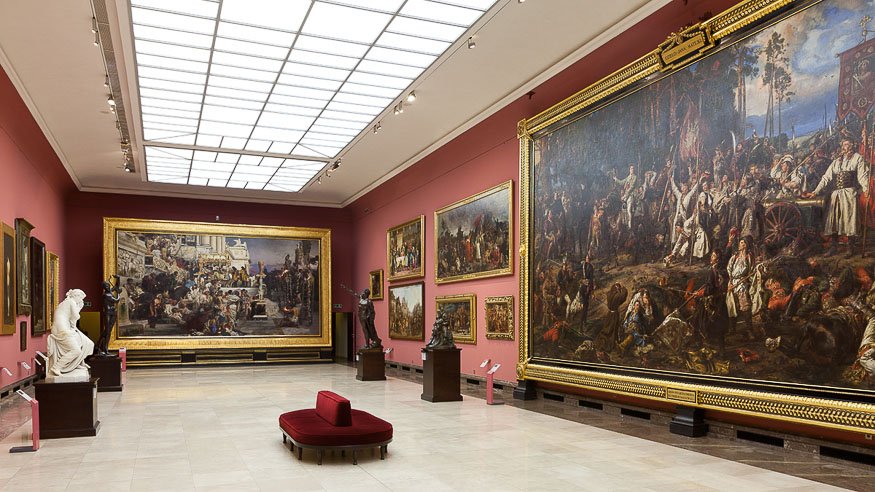
The Gallery of 19th-Century Polish Art in the Sukiennice / photo by Mirosław Żak - Photography Studio, NMK
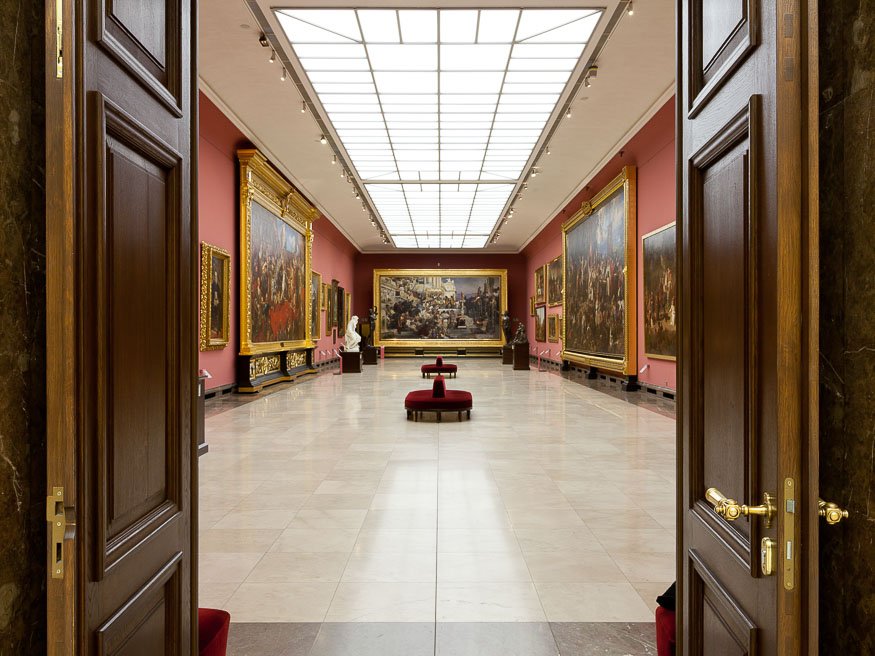
The Gallery of 19th-Century Polish Art in the Sukiennice / photo by Mirosław Żak - Photography Studio, NMK
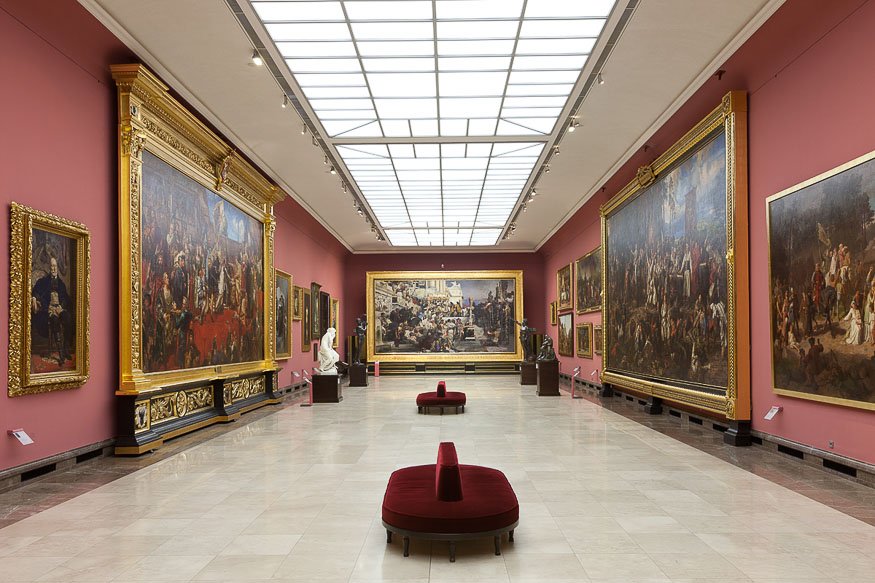
The Gallery of 19th-Century Polish Art in the Sukiennice / photo by Mirosław Żak - Photography Studio, NMK
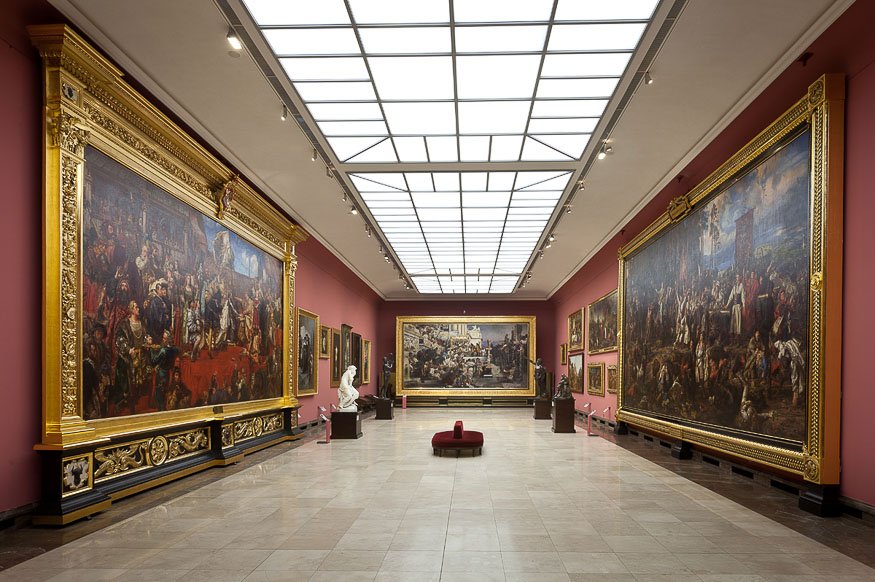
The Gallery of 19th-Century Polish Art in the Sukiennice / photo by Mirosław Żak - Photography Studio, NMK
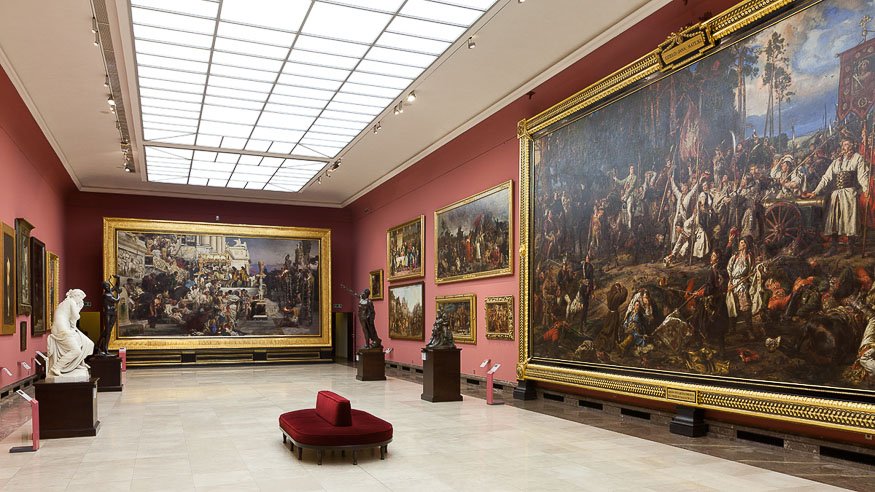
The Gallery of 19th-Century Polish Art in the Sukiennice / photo by Mirosław Żak - Photography Studio, NMK
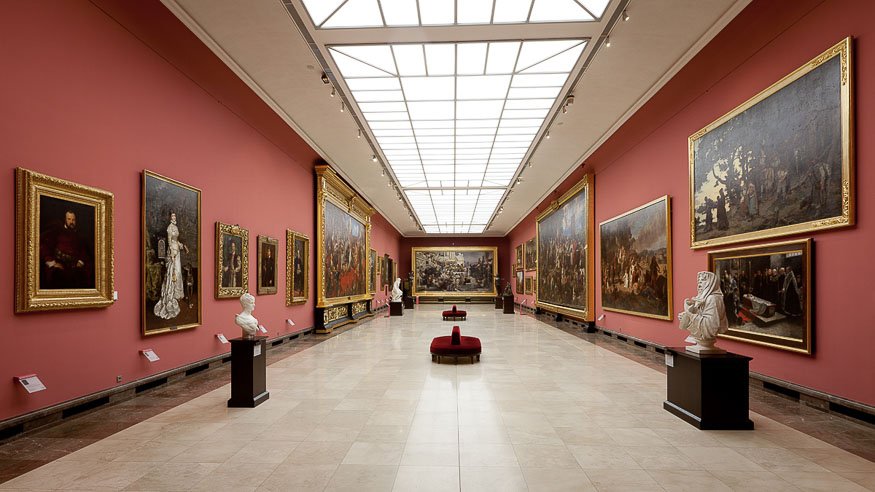
The Gallery of 19th-Century Polish Art in the Sukiennice / photo by Mirosław Żak - Photography Studio, NMK

The Gallery of 19th-Century Polish Art in the Sukiennice / photo by Mirosław Żak - Photography Studio, NMK
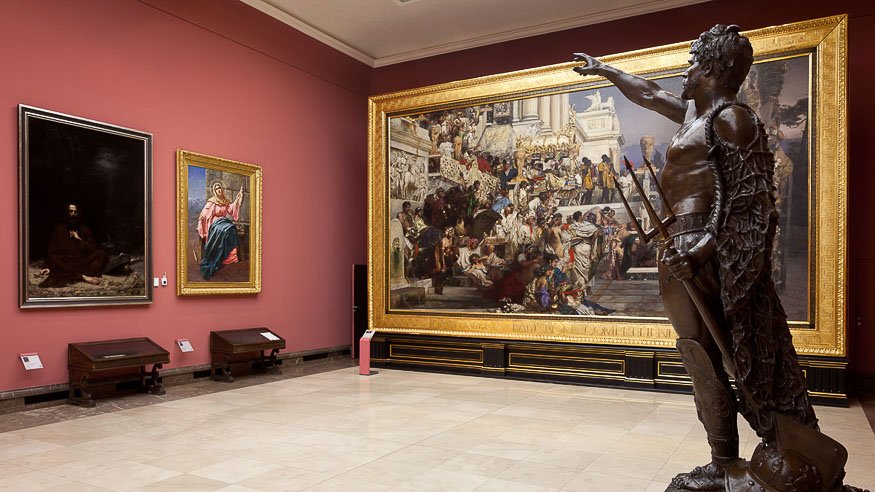
The Gallery of 19th-Century Polish Art in the Sukiennice / photo by Mirosław Żak - Photography Studio, NMK
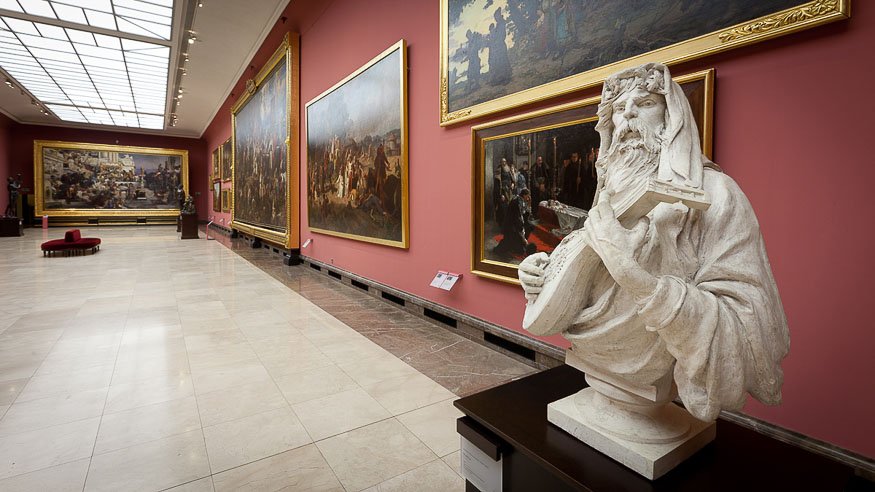
The Gallery of 19th-Century Polish Art in the Sukiennice / photo by Mirosław Żak - Photography Studio, NMK
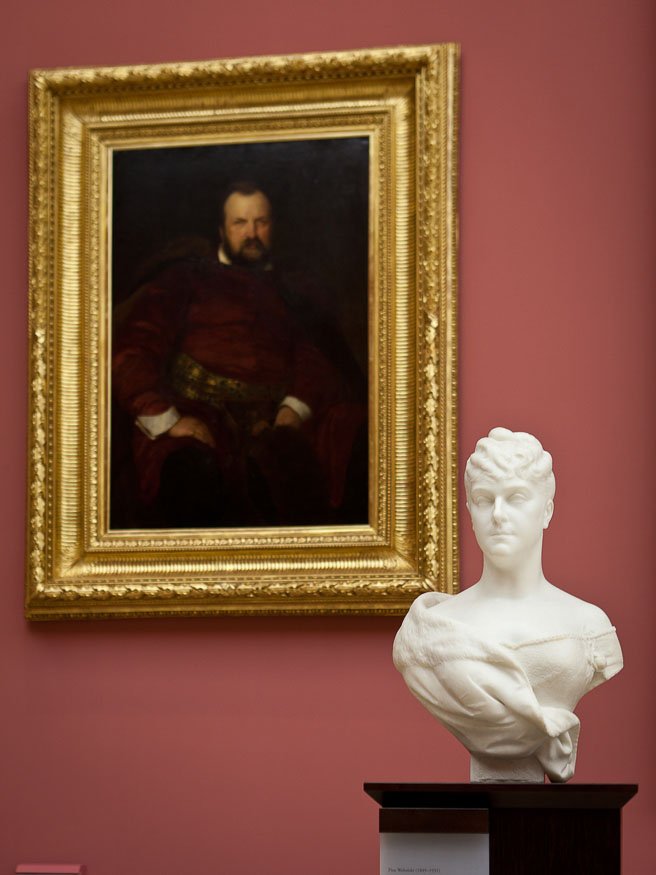
The Gallery of 19th-Century Polish Art in the Sukiennice / photo by Mirosław Żak - Photography Studio, NMK
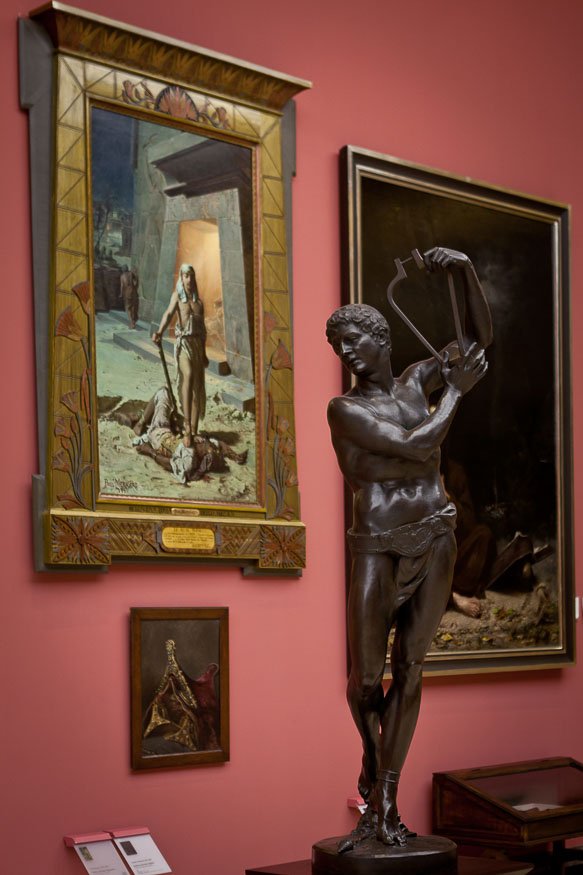
The Gallery of 19th-Century Polish Art in the Sukiennice / photo by Mirosław Żak - Photography Studio, NMK
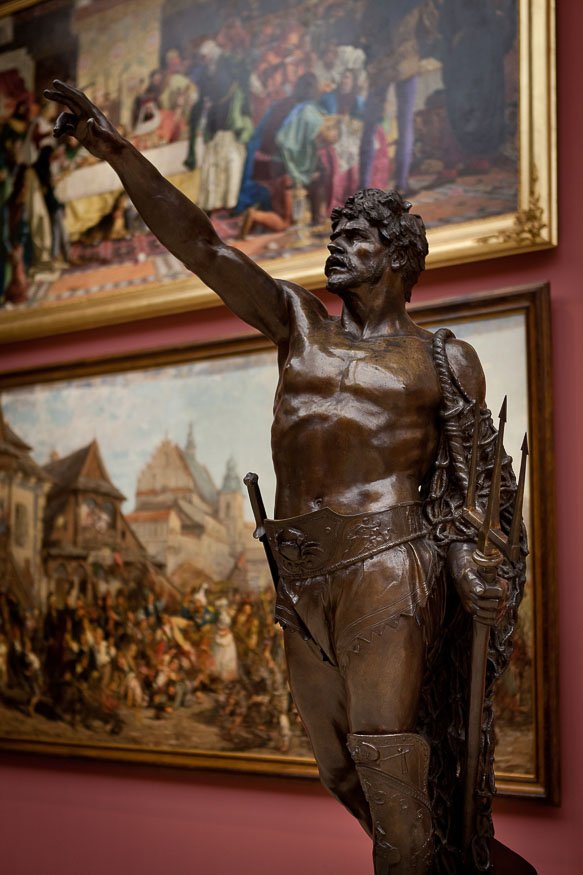
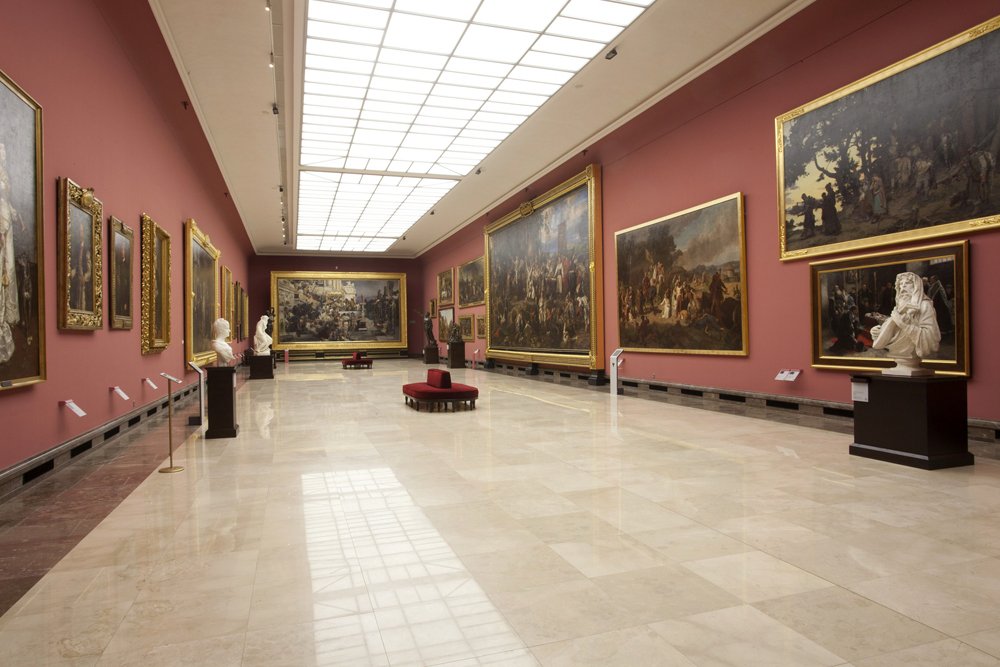
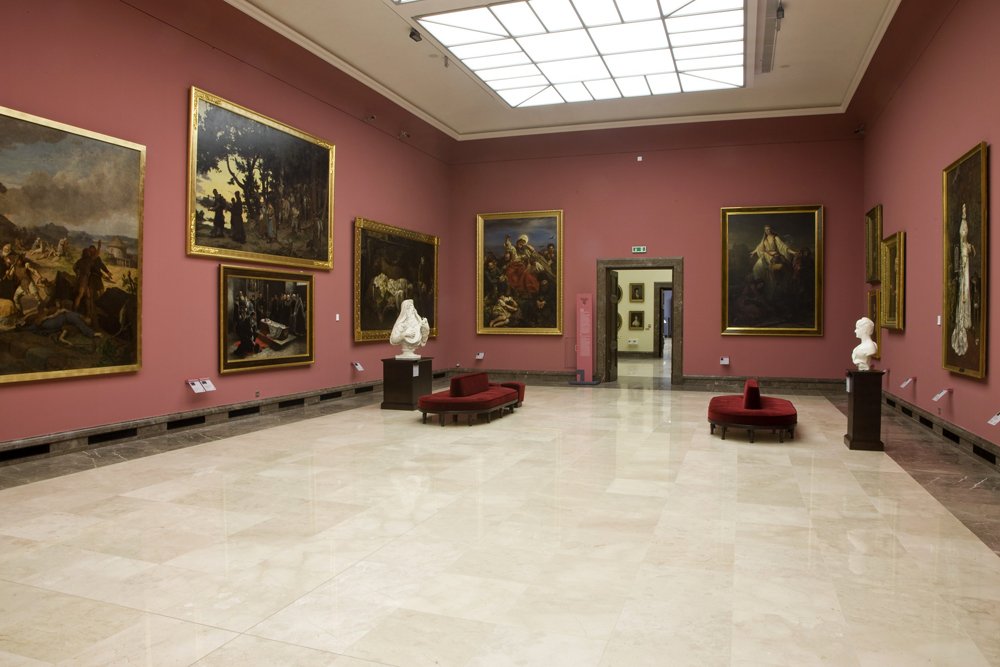
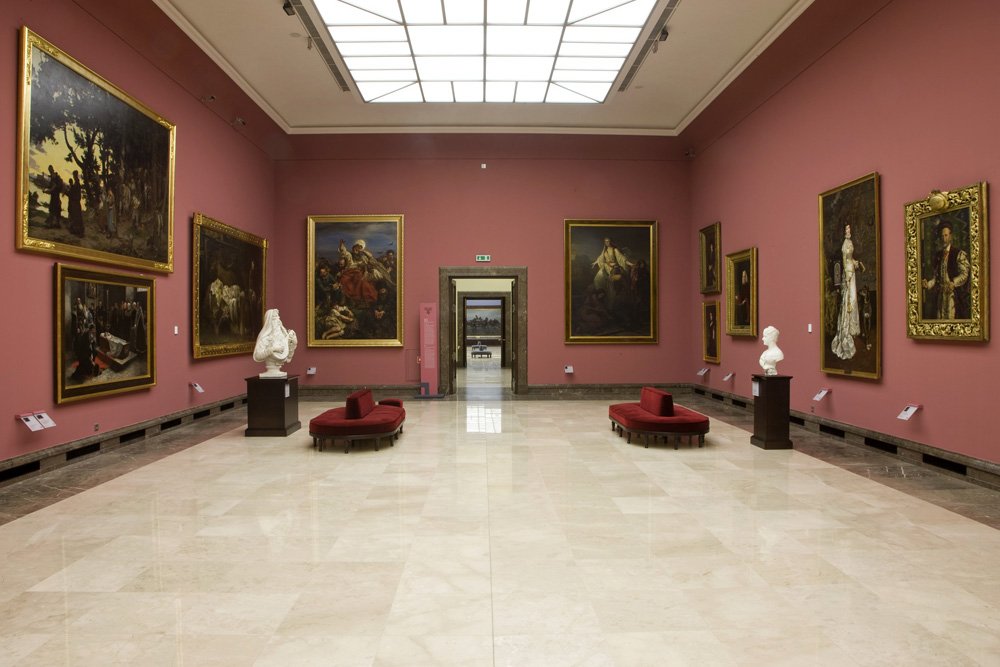
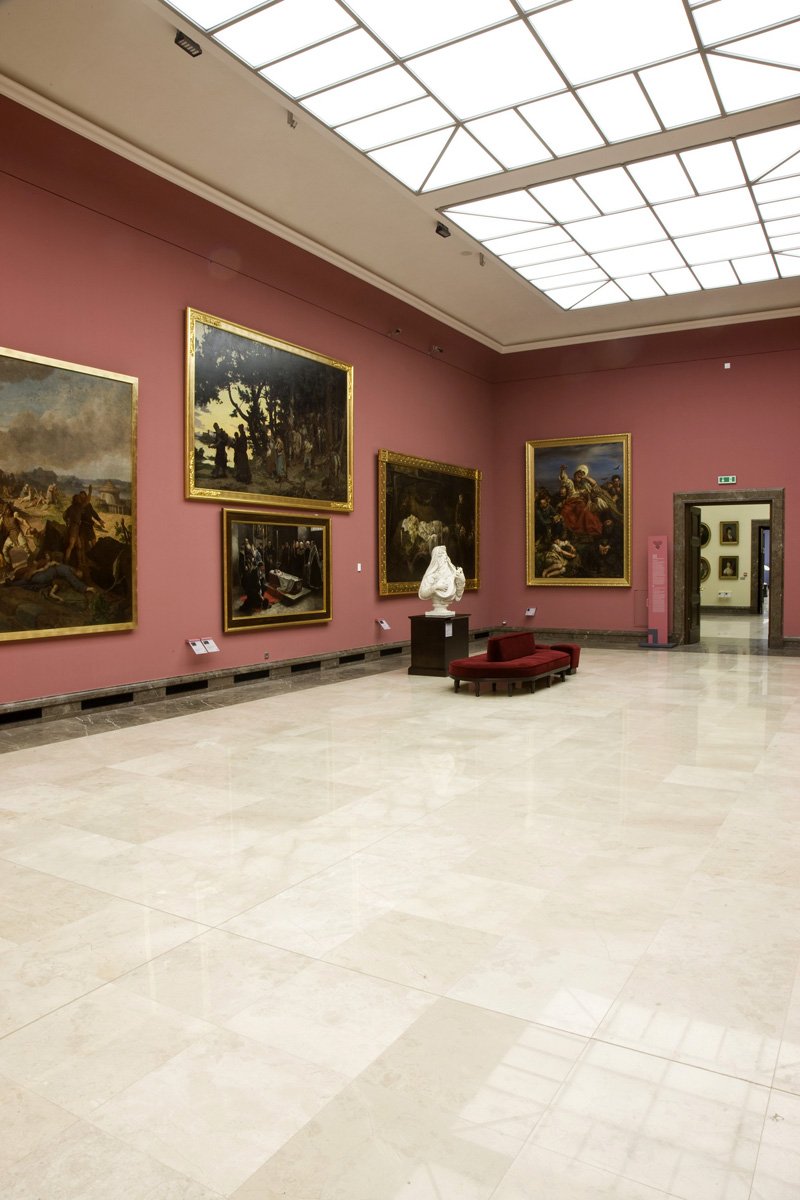
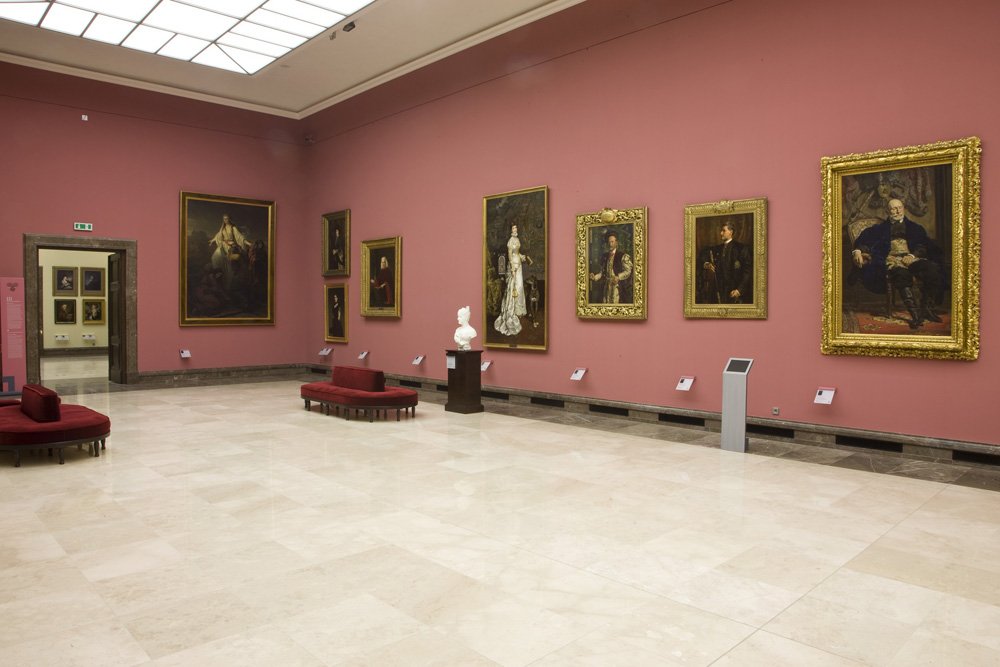
The Gallery of 19th-Century Polish Art in the Sukiennice / photo by Mirosław Żak - Photography Studio, NMK
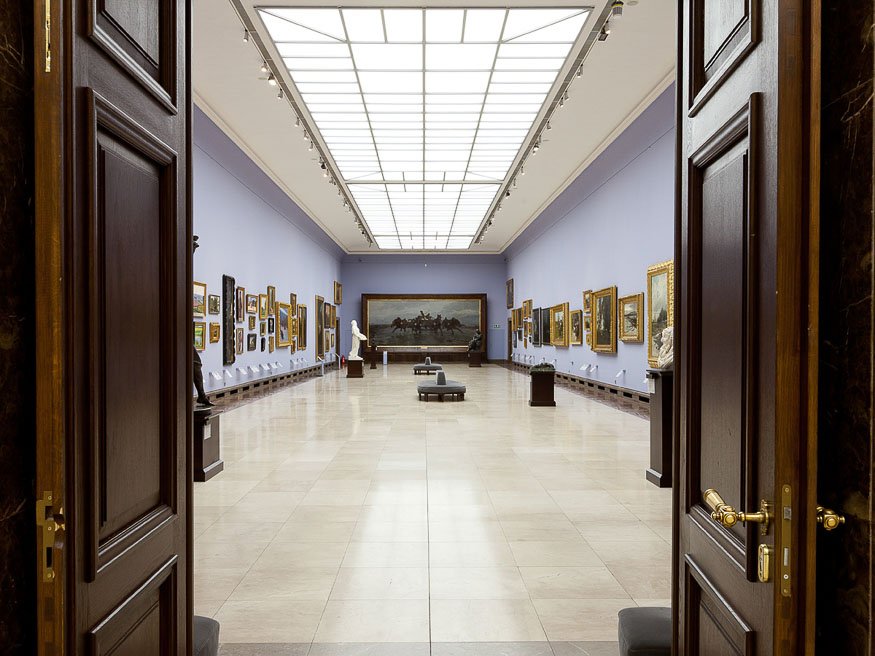
The Gallery of 19th-Century Polish Art in the Sukiennice / photo by Mirosław Żak - Photography Studio, NMK
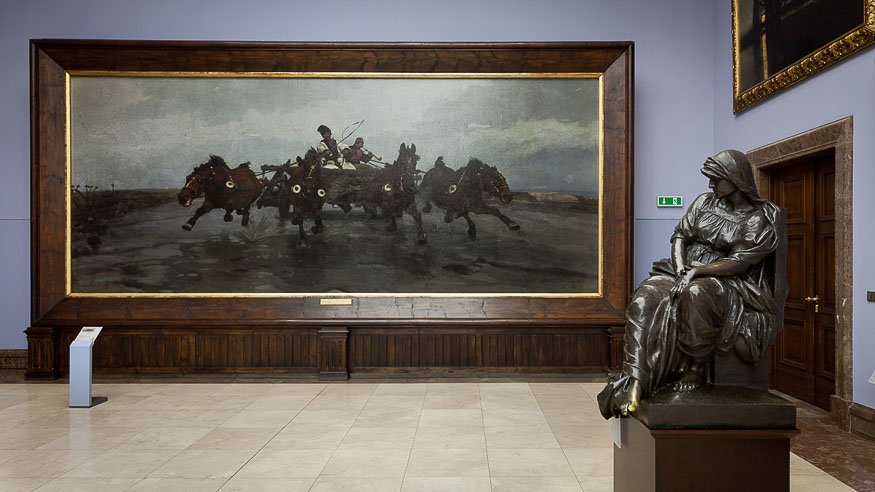
The Gallery of 19th-Century Polish Art in the Sukiennice / photo by Mirosław Żak - Photography Studio, NMK
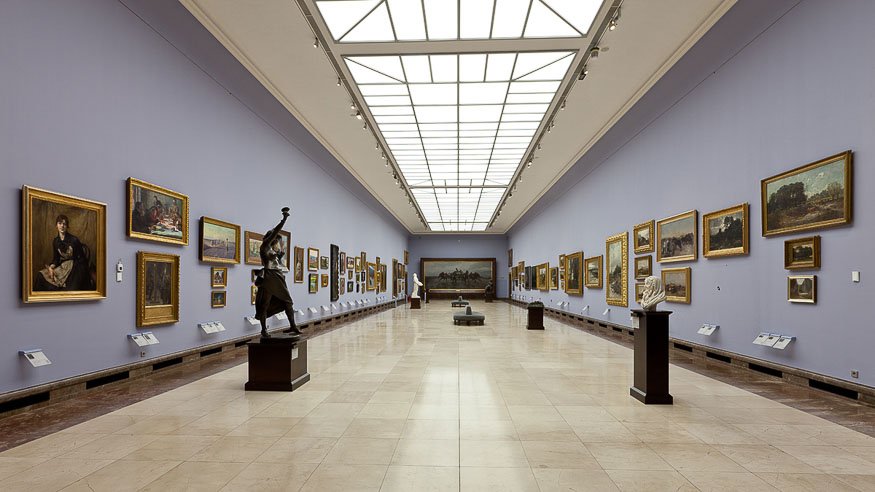
The Gallery of 19th-Century Polish Art in the Sukiennice / photo by Mirosław Żak - Photography Studio, NMK
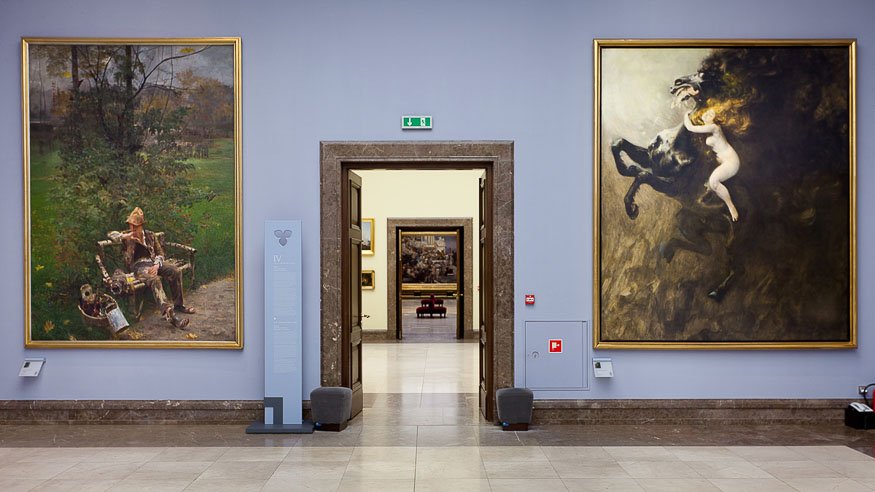
The Gallery of 19th-Century Polish Art in the Sukiennice / photo by Mirosław Żak - Photography Studio, NMK
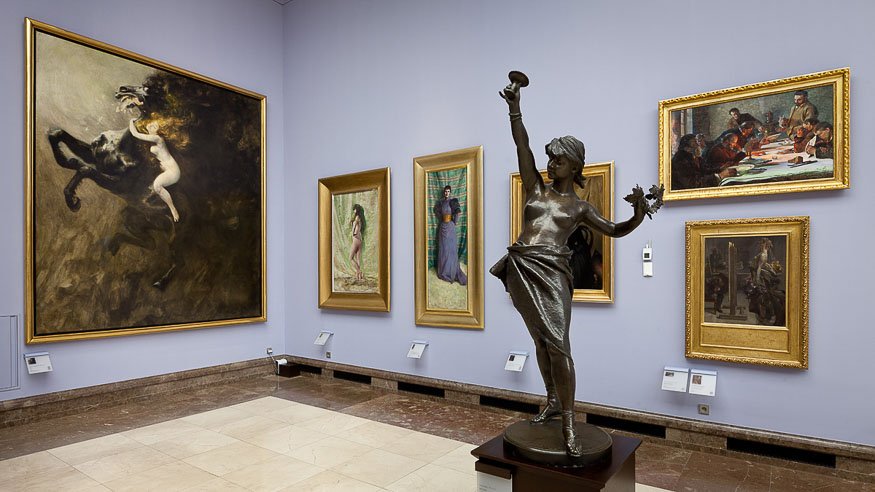
The Gallery of 19th-Century Polish Art in the Sukiennice / photo by Mirosław Żak - Photography Studio, NMK
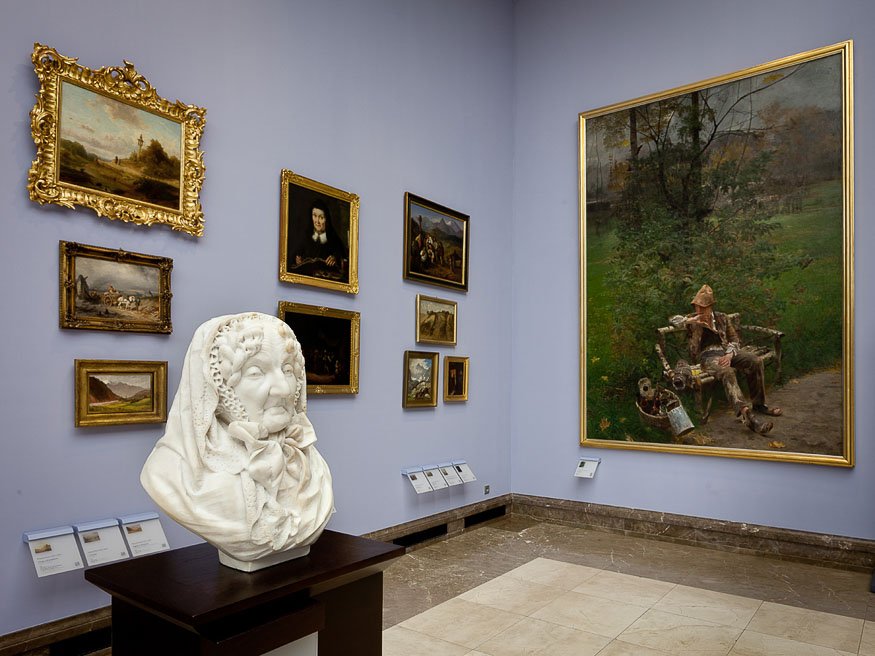
The Gallery of 19th-Century Polish Art in the Sukiennice / photo by Mirosław Żak - Photography Studio, NMK

The Gallery of 19th-Century Polish Art in the Sukiennice / photo by Mirosław Żak - Photography Studio, NMK

The Gallery of 19th-Century Polish Art in the Sukiennice / photo by Mirosław Żak - Photography Studio, NMK

